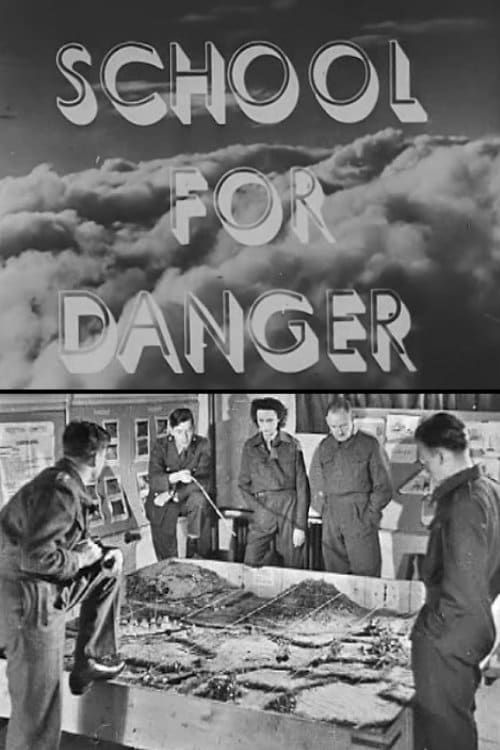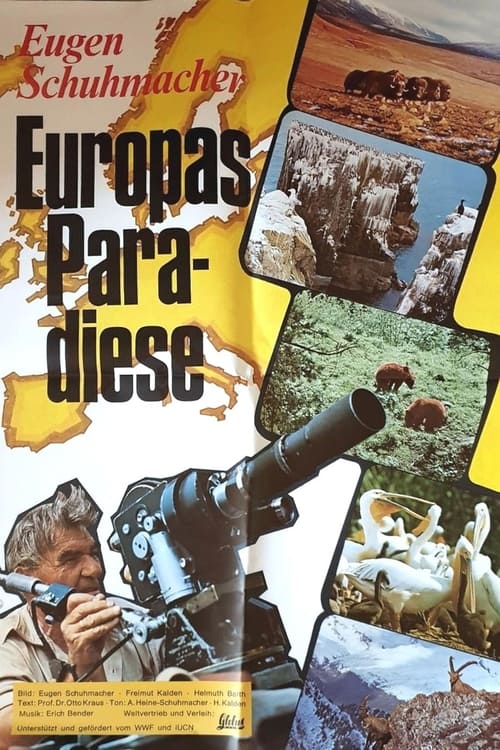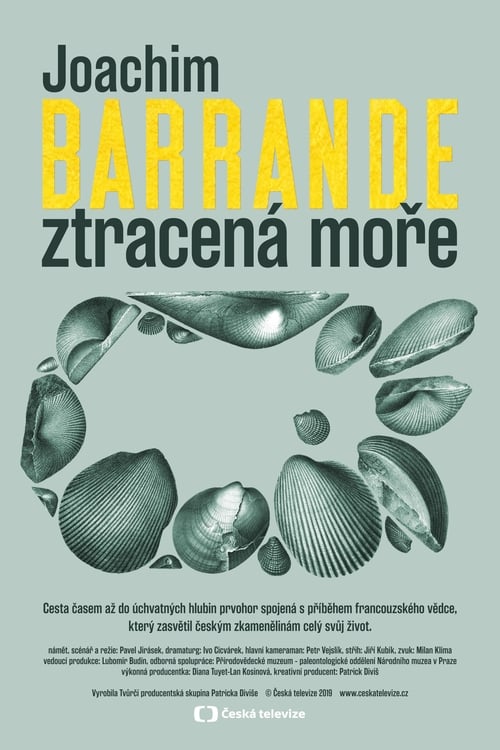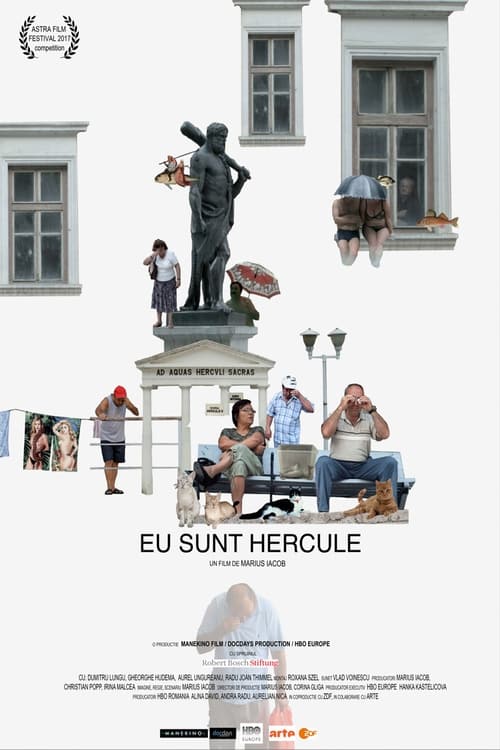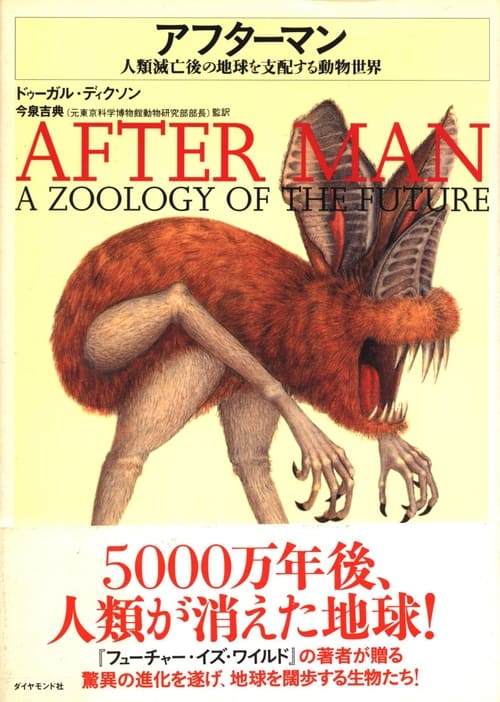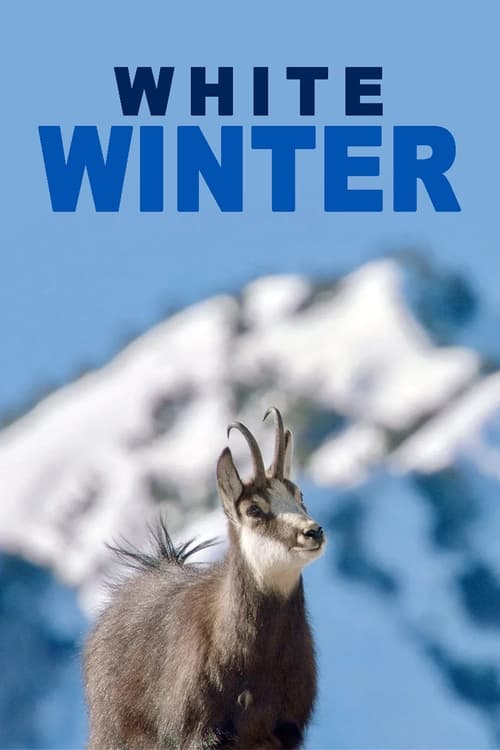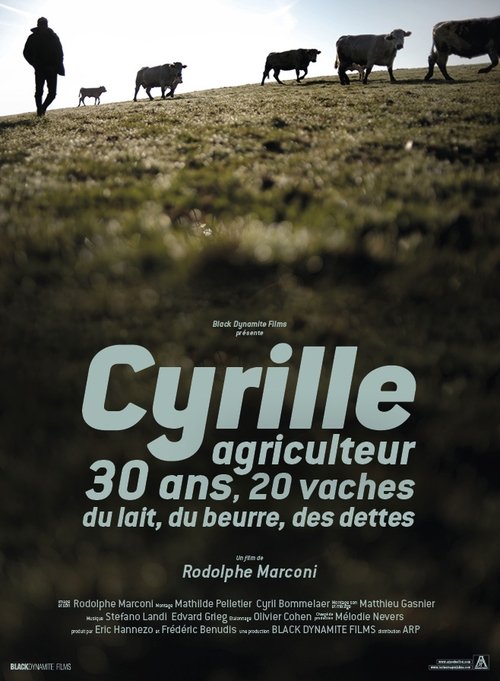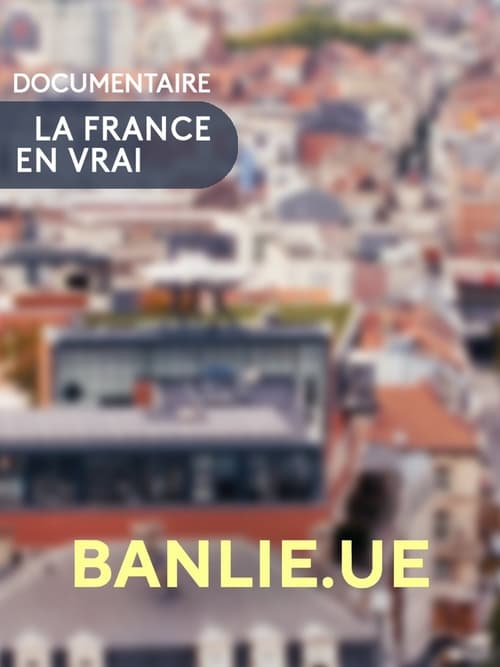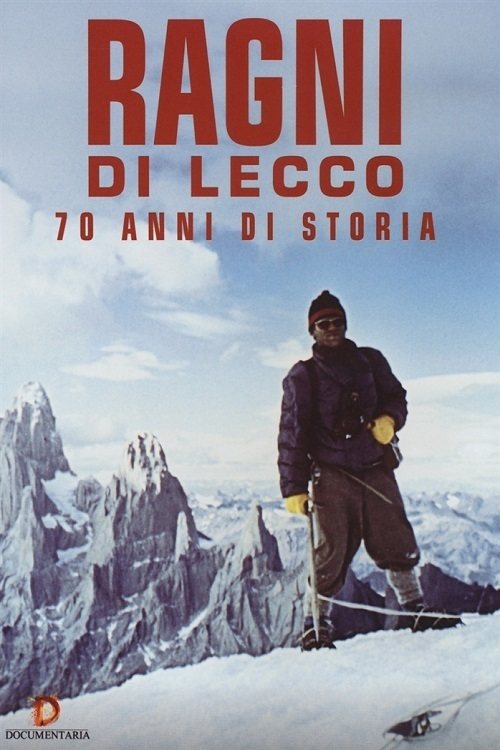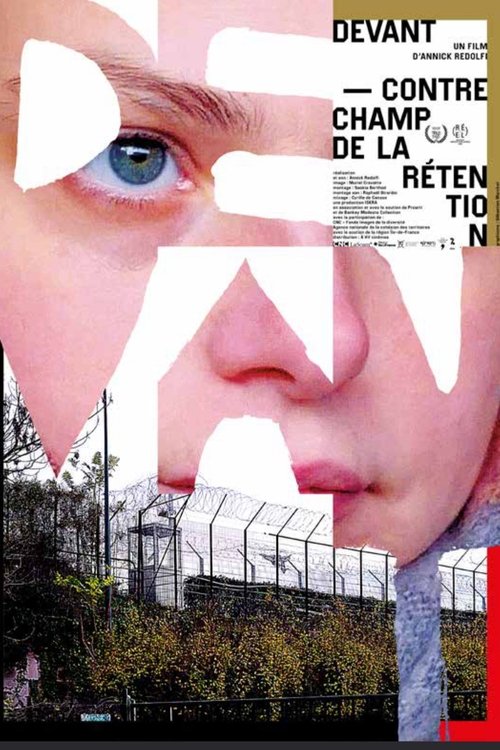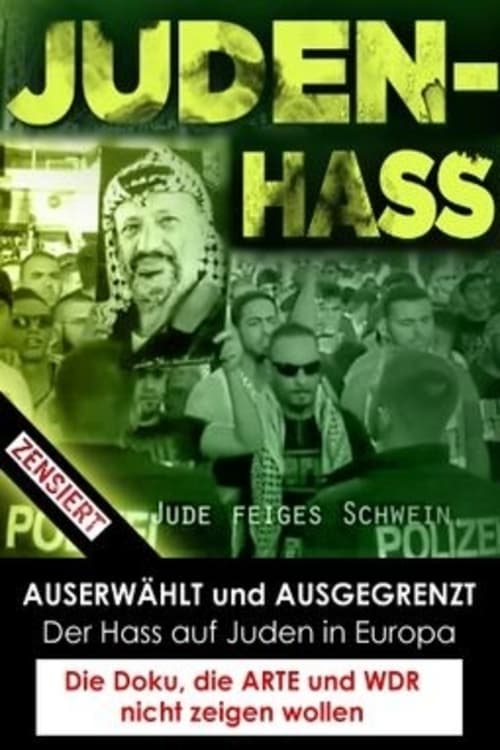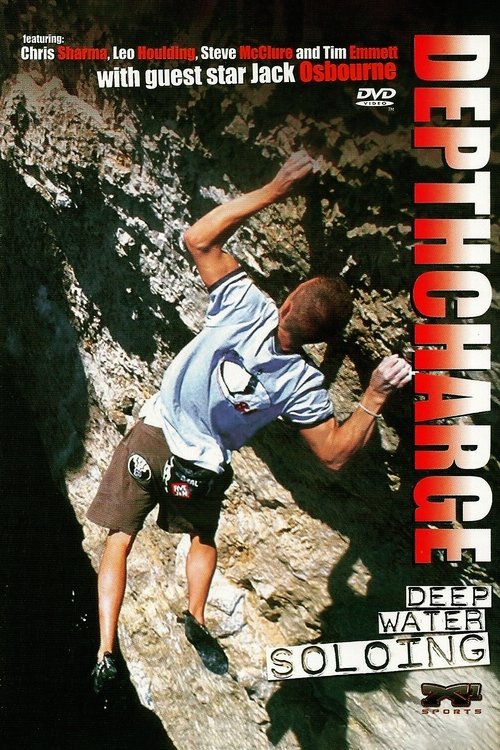Out Of Europe
Looking at whether the history of early human evolution should be rewritten. For decades, most experts have been convinced that Africa is the cradle of mankind and many fossil finds from Kenya, Ethiopia, South Africa and Chad seemed to prove it.
Cast

Götz Bielefeldt
as Speaker

Per Ahlberg
as Self

David Begun
as Self

Madalaine Bohme
as Self

